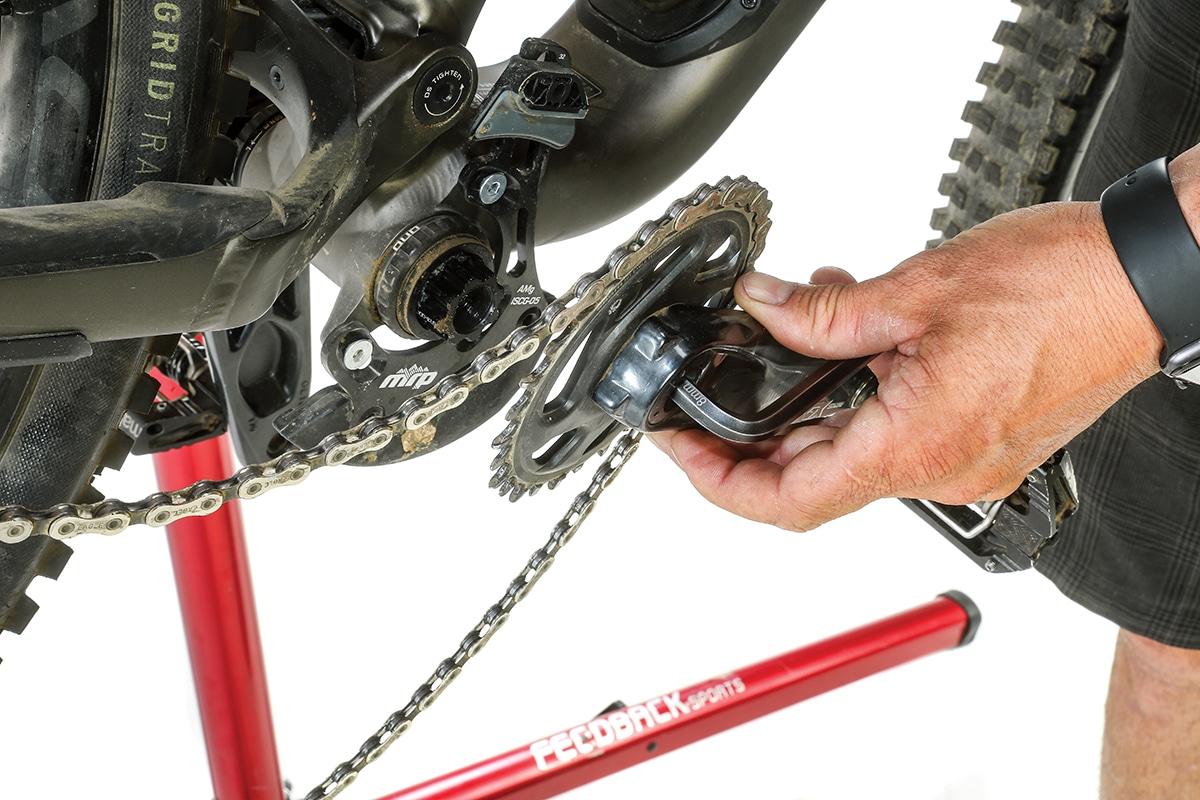HOW TO FIX YOUR MOUNTAIN BIKE’S CREAKING THREADED BOTTOM BRACKET
Stuck crank bolt? Creaky bottom bracket? No worries.
The bottom bracket is the most likely culprit for the most annoying noises your bike can make. Bottom bracket trouble is indicated by a dry and gritty noise with every pedal stroke and is usually worse under load. Even if the noise you’re hunting down ends up being somewhere else, removing, cleaning, and regreasing the threaded bottom bracket and frame interface is critical to keeping you bike rinning trouble-free. This is especially true if you ride in exceptionally muddy or dusty conditions. Bottom bracket maintenance should be performed more often if you wash your bike frequently.
For this “Garage Files,” we’re looking at one of the most commonly spec’d crank and bottom bracket systems—the threaded SRAM DUB. This setup has worked tirelessly for us on many test bikes and is a benchmark for performance; however, it can be notoriously stubborn when it comes to this otherwise simple and very rewarding maintenance procedure. This giude will also work for most other threaded bottom bracket setups but be sure to check with the manufacturer for torque values and assembly order specifics.

NECESSARY TOOLS:
—Sharp 8mm Allen wrench
—Grease (brush optional)
—SRAM DUB bottom bracket tool with ratchet
—Pipe for leverage
—Clean rag
—Allen keys for chainguide, if applicable




























